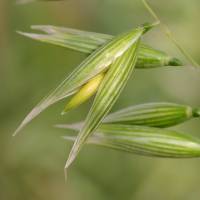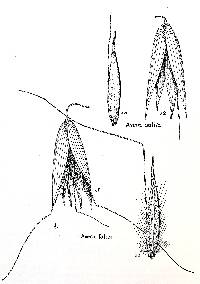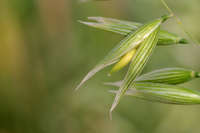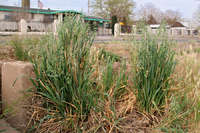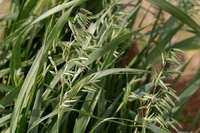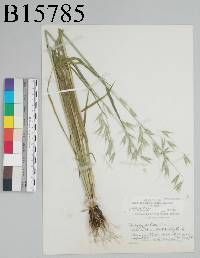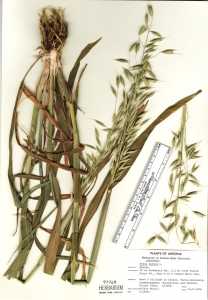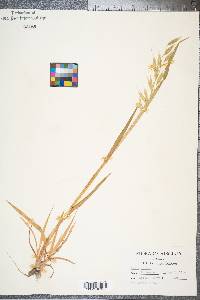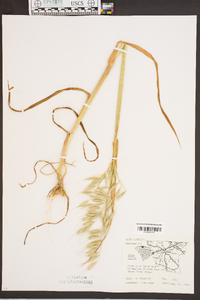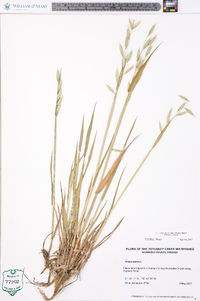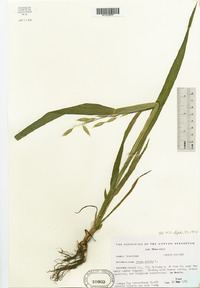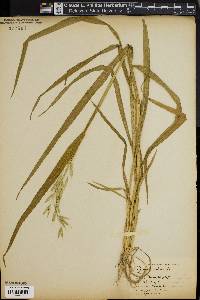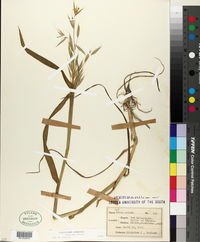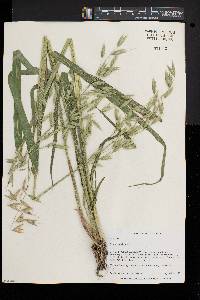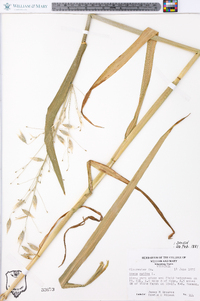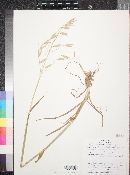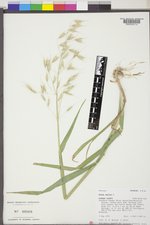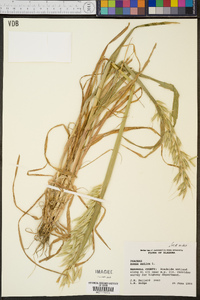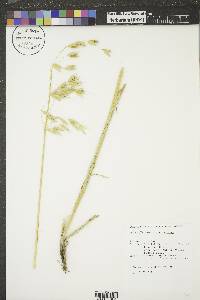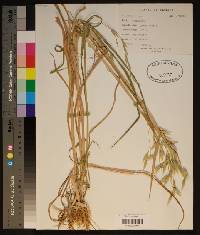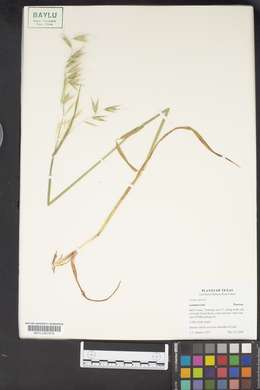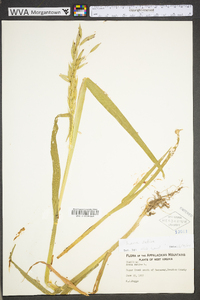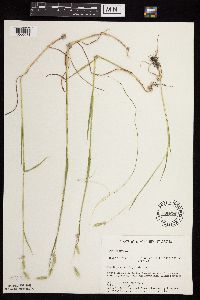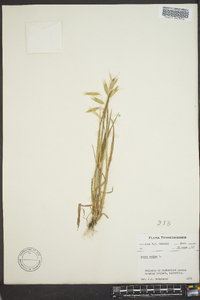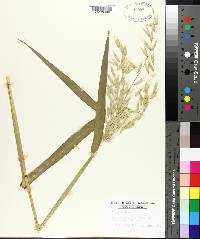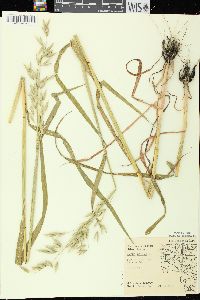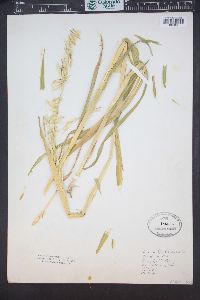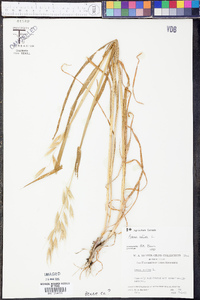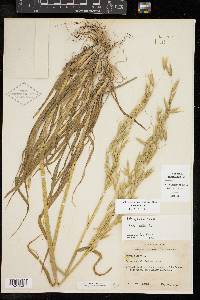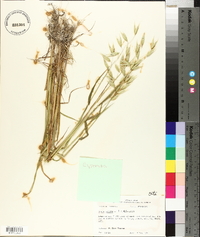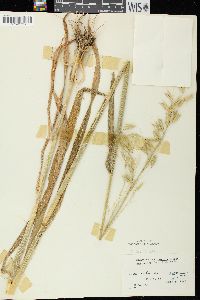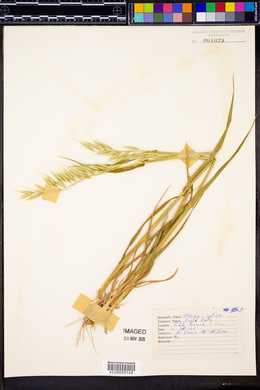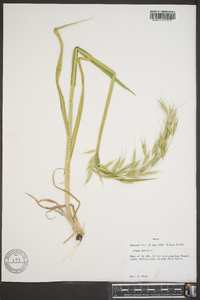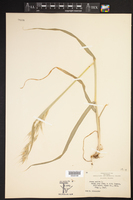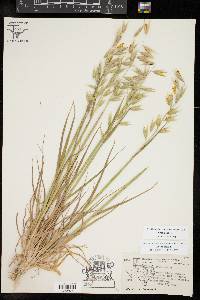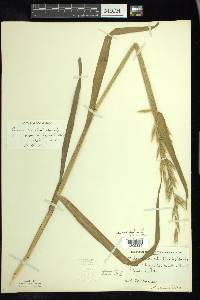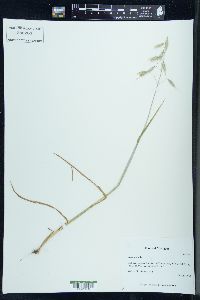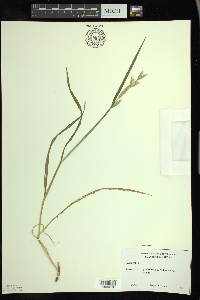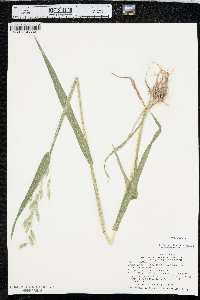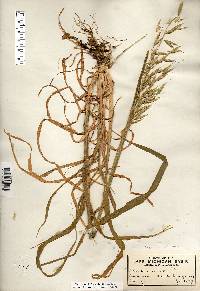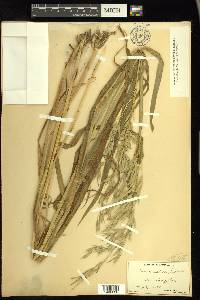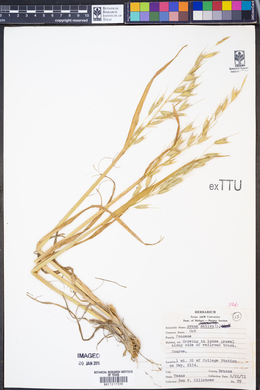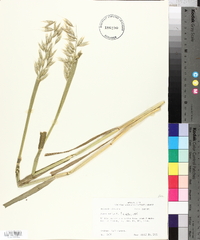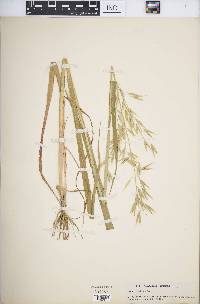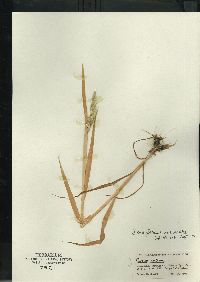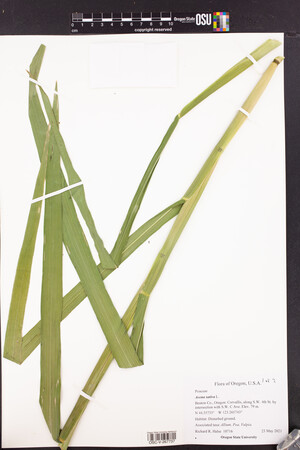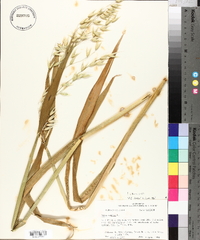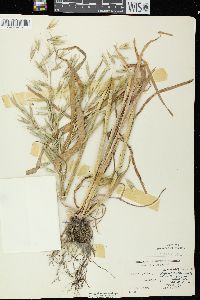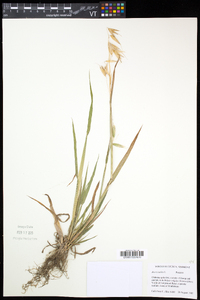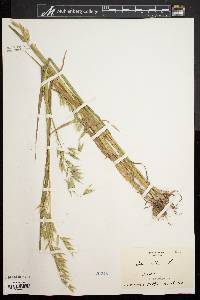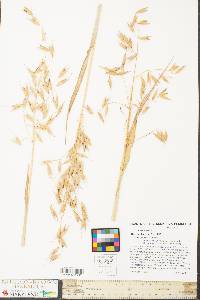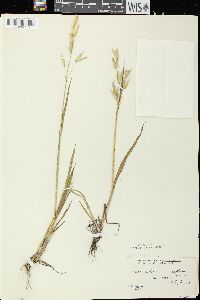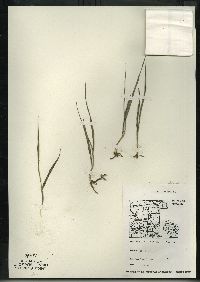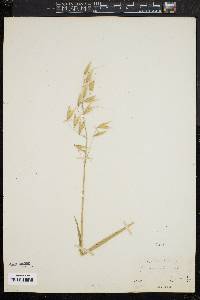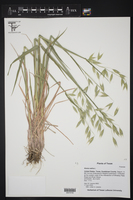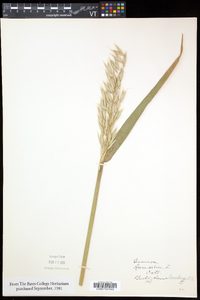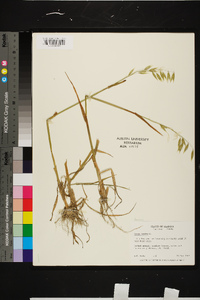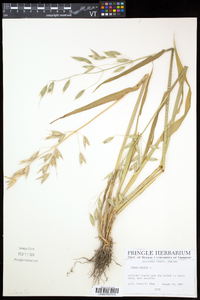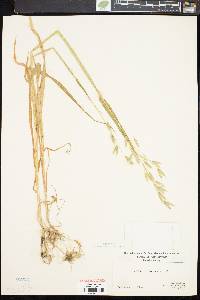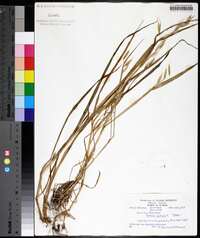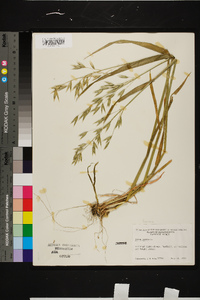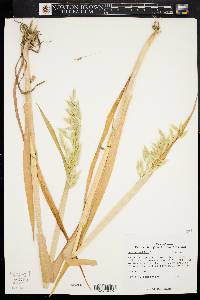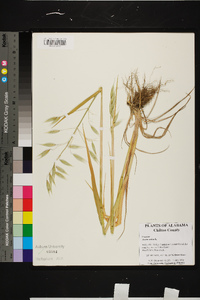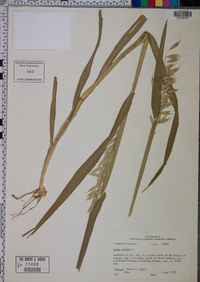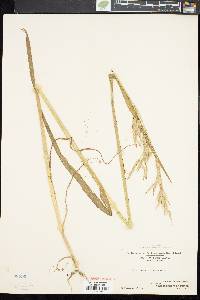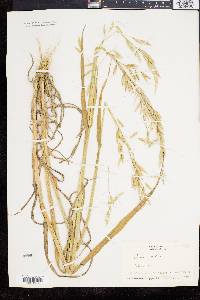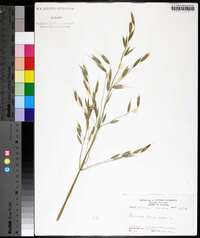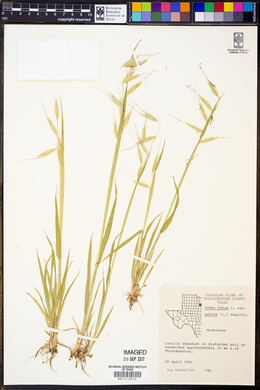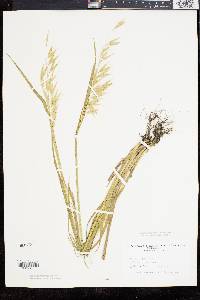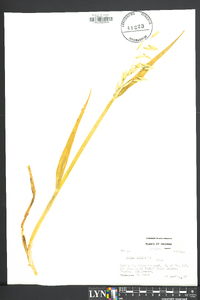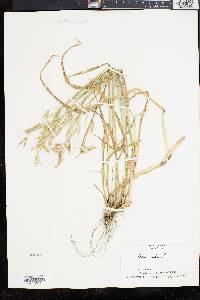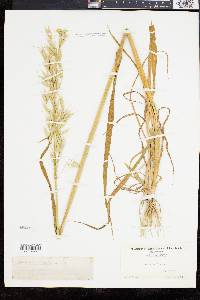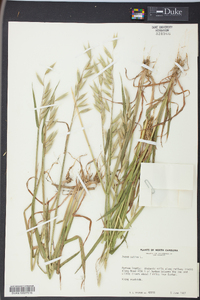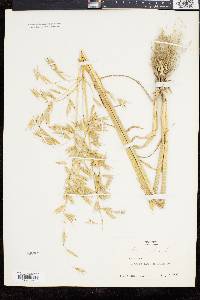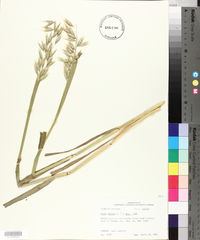
|
|
|
|
Family: Poaceae
Oat, more...common oat, Common oats, oatgrass (common), oats, wild oats, Avoine, Cultivated Oats, Naked Oats (es: avena)
[Avena anglica hort. ex Roemer & Schultes, moreAvena byzantina K. Koch, Avena byzantina var. thellungiana (Malzev) E. Morren, Avena chinensis Fisch. ex Roem. & Schult., Avena cinerea hort. ex Roem. & Schult., Avena distans Schur, Avena fatua f. glaberrima Thell., Avena fatua subsp. cultiformis Malzev, Avena fatua subsp. praegravis (Krause) Malzev, Avena fatua subsp. sativa (L.) Thell., Avena fatua var. glaberrima (Thell.) Malzev, Avena fatua var. sativa (L.) Hausskn., Avena flava , Avena fusca Schur, Avena fuscoflora Schur, Avena georgiana Roem. & Schult., Avena georgica Zuccagni, Avena grandis Nevski, Avena heteromalla Haller, Avena hungarica Lucé, Avena macrantha (Hack.) Malzev, Avena nigra Wallr., Avena nodipilosa (Malzev) Malzev, Avena orientalis Schreb., Avena pendula Gilib., Avena persarum Nevski, Avena podolica Pascal. ex Zuccagni, Avena ponderosa L. ex B.D. Jacks., Avena pseudosativa (Thell.) Herter, Avena racemosa Thuill., Avena rubra Zuccagni, Avena sativa f. contracta Neilr., Avena sativa subsp. contracta (Neilr.) Celak., Avena sativa subsp. nodipilosa (Malzev) Vasc., Avena sativa var. chinensis Döll, Avena sativa var. contracta Neilr., Avena sativa var. glaberrima (Thell.) Maire & Weiller, Avena sativa var. nigra Alph. Wood, Avena sativa var. orientalis (Schreb.) Alef., Avena sativa var. sativa , Avena sativa var. secunda Alph. Wood, Avena shatilowiana Litv., Avena sterilis f. pseudosativa Thell., Avena sterilis var. thellungiana Malzev, Avena tartarica Ard., Avena thellungii Nevski, Avena trisperma Roem. & Schult., Avena unilateralis Brouss, ex Roem. & Schult., Avena verna Heuze, Avena volgensis (Vavilov) Nevski] |
Plants annual. Culms 40-180 cm, prostrate to erect when young, becoming erect at maturity. Sheaths smooth or scabridulous; ligules 3-8 mm, acute; blades 8-45 cm long, 3-14 (25) mm wide, scabridulous. Panicles (6)20-40 cm long, 5-15 cm wide, nodding. Spikelets(18)25-32 mm (to 50 mm in naked oats), with 1-2 florets (to 7 in naked oats); disarticulation not occurring, the florets remaining attached even when mature. Glumes subequal, (18)20-32 mm, 9-11-veined; calluses glabrous; lemmas 14-18 mm, usually indurate (membranous in naked oats), usually glabrous, sometimes sparsely strigose, apices erose to dentate, longest teeth 0.2-0.5 mm, awns usually absent, 15-30 mm when present, arising in the middle 1/3, weakly twisted, not or only weakly geniculate; lodicules with a lobe or tooth on the wings, this sometimes very small; anthers (1.7)3-4.3 mm. 2n = 42. Avena sativa, a native of Eurasia, is widely cultivated in cool, temperate regions of the world, including North America. Fall-sown oats are planted in the Pacific and southern states in United States; spring-sown oats are more important elsewhere in North America. It is sometimes planted as a fast-growing soil stabilizer along roadsides. Several forms are grown, of which the most distinctive are naked oats. These differ from typical forms as indicated in the description and in having caryopses that fall from the florets. Escapes from cultivation are common but rarely persist. Avena sativa hybridizes readily with A. fatua. The hybrids are easily confused with fatuoid forms of A. sativa, which differ in having the sativa-type lodicule. FNA 2007, Gould 1980 Common Name: common oat Duration: Annual Nativity: Non-Native Lifeform: Graminoid General: Tufted annual with stems 40-180 cm, prostrate to erect when young, becoming erect at maturity. Vegetative: Blades 8-45 cm long, 3-14 mm wide, minutely roughened flat, with ligules 3-8 mm, acute and lacerate, collar sparsely villous at margins. Inflorescence: Nodding panicles 20-40 cm long, 5-15 cm wide with spikelets 25-32 mm, with 1-2 florets, does not disarticulate with florets remaining attached even when mature; glumes subequal, 20-32 mm, 9-11 veined, lemmas 14-18 mm, usually indurate, usually glabrous, sparsely strigose, apices erose to dentate with longest teeth 0.2-0.5 mm, awns usually absent, 15-30 mm when present, arising in the middle third, weakly twisted, or weakly geniculate. Ecology: Found in disturbed areas, often a quick colonizer from 4,000-7,000 ft (1219-2134 m); flowers March-July. Notes: Similar to A. fatua but with much broader leaf blades, usually two flowered spikelets with glabrous lemmas and awnless or with a reduced, non-geniculate awn. Ethnobotany: The seeds were used as food and the whole plant provides good forage. Etymology: Avena is Latin for oats, while sativa means that which is sown. Synonyms: Avena byzantina, A. fatua var. sativa, A. sativa var. orientalis Editor: SBuckley, 2010 Much like no. 1 [Avena fatua L.], and hybridizing with it; herbage glabrous to scabrous; spikelets 2(3)-fld, the rachilla glabrous or only sparsely hirsute, not readily disarticulating; lemmas glabrous to sometimes scabrous, 3-7-veined, the callus naked or only sparsely bearded; awns, when present, (15-)22-35 mm, then only on the first lemma, not geniculate; 2n=42. European cultigen derived from no. 1, cult. throughout our range and often adventive in disturbed sites, but probably not persistent. Gleason, Henry A. & Cronquist, Arthur J. 1991. Manual of vascular plants of northeastern United States and adjacent Canada. lxxv + 910 pp. ©The New York Botanical Garden. All rights reserved. Used by permission. From Flora of Indiana (1940) by Charles C. Deam ...... Indiana Coefficient of Conservatism: C = null, non-native Wetland Indicator Status: UPL |
|
|
|


